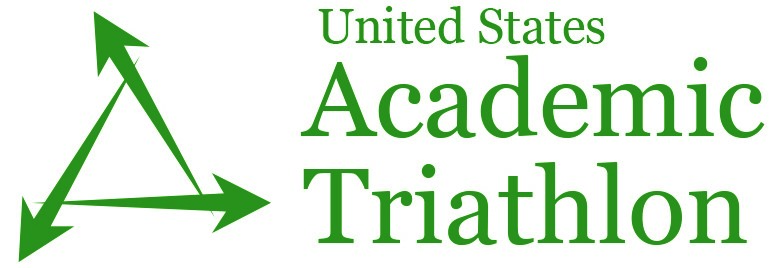There are many who worry that by emphasizing the STEM disciplines, others will suffer. This fear is not unfounded, and indeed we have seen art and music programs cut from schools in favor of pursuing STEM programming (and dollars). Presidential hopefuls have been coming down hard on Liberal Arts lately as part of their platforms and de-emphasize the importance of education in the arenas of literature, philosophy, visual arts, and other creative branches. But, are STEM disciplines and the Arts really opposites? Do we have to choose one or the other?
At USAT we’d answer a resounding “NO!” to both of those questions. As our society becomes more dependent on technology, the more important the arts become, not less. It all goes back to what we discussed in the first post of this series: Fostering creativity is the key to future success, not any particular career path or line on a resume. The arts are an incredibly powerful tool for encouraging creativity and giving students the confidence to take positive risks in any number of arenas.

Learning an instrument or mastering a technique also take diligence and hard work. Perseverance is a powerful lesson, especially at this time in our history where so much is at a person’s fingertips and the gadgets and apps that are being developed are largely motivated by making something easier. We are being trained to expect instant gratification at every turn, but the arts require the opposite.
Further, the arts are not divorced from the STEM disciplines. There are ways to have these things intersect and play to the strengths of a variety of people. For instance, science visualization is a growing field that incorporates scientific knowledge, technological know-how, and aesthetic principles as a way to share new knowledge with a wide audience. These visualizations sometimes require a musical score to underpin it and reach that audience on an emotional level as well as an intellectual one.

Performing arts, such as theater, music, and dance, are even more vulnerable to cuts than visual arts. Though many high schools do put on plays and musicals, imagine how much higher the participation rate would be if students are introduced to public speaking and performance skills in their elementary and middle school years. The person who never gets a chance to perform before an audition is going to do poorly compared to someone who has had prior exposure and guidance – and this is not just limited to the stage. Adults have to give presentations all the time in the course of their jobs, or even to be considered for a job in many cases. People who are in purely academic fields, including STEM disciplines, must present papers and posters at conferences, not to mention teaching the next generation of students.
Incorporating performance and public speaking are major motivations behind the P.A.R.T.Y. in a Box part of US Academic Triathlon. We give students a chance to practice their presentation skills in a safe environment that is less high-pressure than a class presentation or an audition. Yes, USAT is a competition, but there are three Round Robin tournaments every year that are strictly for practice (not to mention tons of fun!). Our head writer also comes from a Liberal Arts background in Anthropology and Art History (not to mention a personal interest in dance, theater, and studio arts), so you can also expect to see the arts finding their way into Mind Sprints and Face-Off! more often.
This concludes our USAT and STEM series, but if you missed the other articles here are the links:





